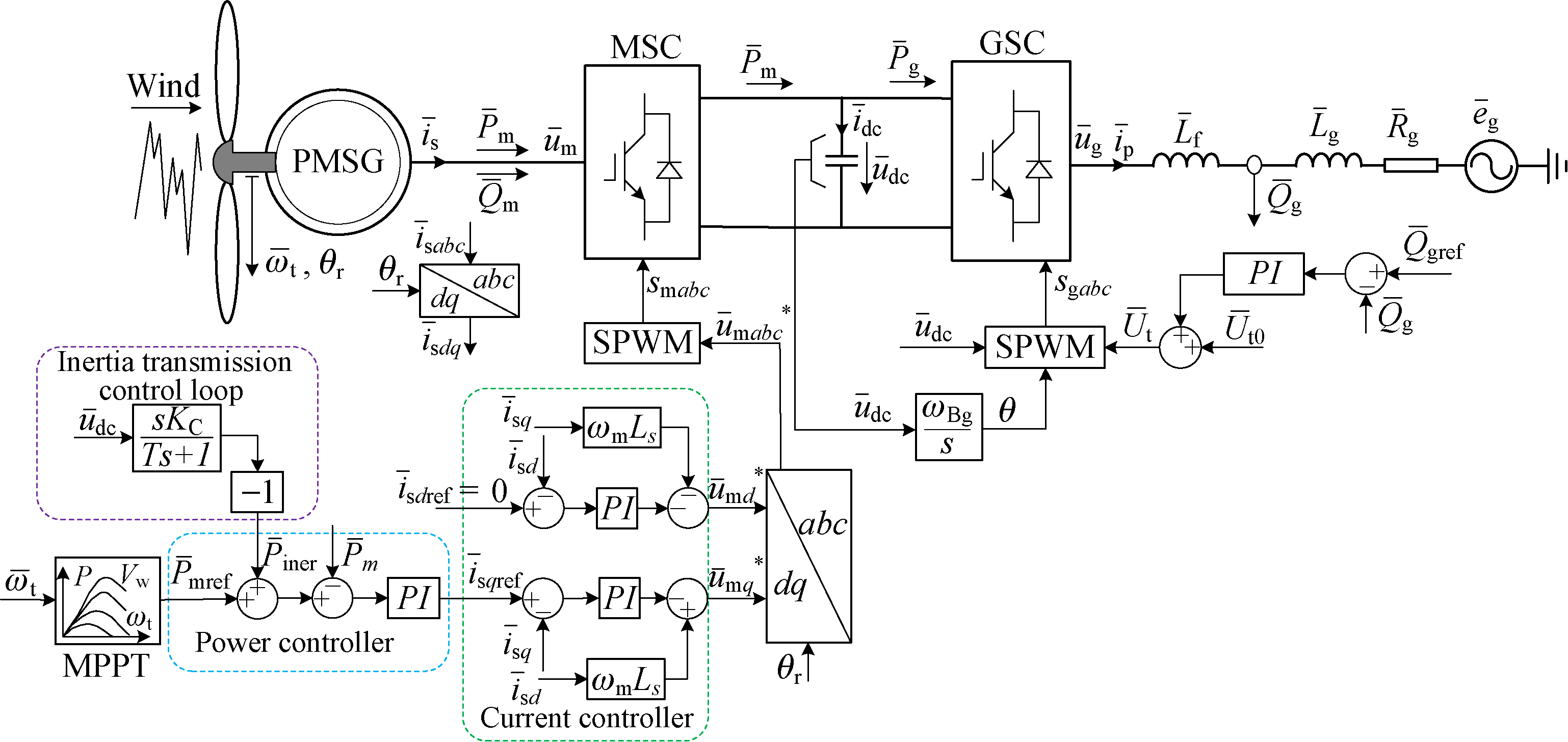Figure 12 shows the three-dimensional damping ratio diagram
ζ with the change of
KC and
n, where the rated capacity of WT is 2 MW and the short circuit capacity at the PCC is 200 MW. In Fig. 12(a), without stabilization control, when the
n of WTs is constant, with the increase of the inertia transmission coefficient
KC from 0 to 2, the quantitative index
ζ for measuring the stability of the wind farm decreases rapidly to below 0, corresponding to the instability of the wind farm. When
KC is constant, as the
n of WTs increases to 80 and the corresponding
kSCR decreases to 1.25, the quantitative index
ζ decreases gradually. In Fig. 12(b), with the grid-side stabilization control method in Ref. [
28], where
KPSS is 1.57, the quantitative index
ζ for measuring the stability of the wind farm drops quickly below 0 with the increase of
KC and
n. Comparing Fig. 12(b) with 12(a), it can be seen that the inertia transmission coefficient
KC corresponding to critical stability increases, which indicates that the grid-side stabilization control method in Ref. [
28] can expand the stable range of WT to a certain degree. However, the grid-side stabilization control method in Ref. [
28] still has a limited effect. In Fig. 12(c), the comprehensive stabilization control is added, where
KPSS is 1.57 and
T2 is 0.1 s. As
KC increases from 0 to 60 and the
n of WTs increases to 80 (corresponding to the reduced
kSCR of 1.25), the quantitative index
ζ still stays greater than 0. Comparing Fig. 12(c) with Figs. 12(a) and 12(b), it can be seen that the proposed comprehensive stabilization control strategy greatly improves the weak-grid connection capability of the VS controlled wind farm.


















